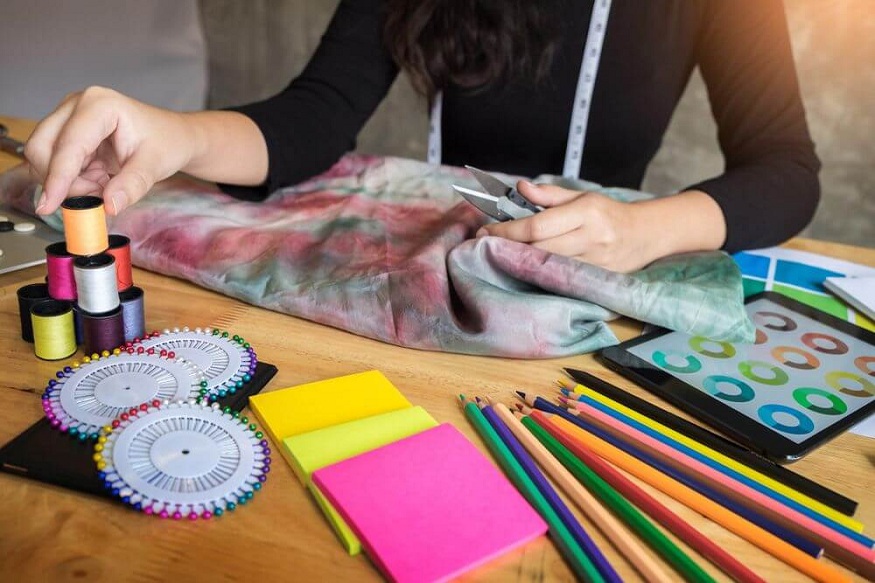Photoshop is very important when it comes to printing on fabrics. Printing could be done on any kind of fabric or for any garment. It is user friendly to give instructions to machines. There are differences and many ways to create a design in the software. Just like any hand creation, you could also use sketches directly in this software. It can also develop designs and play over designs in different ways by using different tools.
If you are looking for Adobe Photoshop classes in Australia to draw and design for fabric painting, you could check the website of The Print School. You can then opt for the Photoshop classes that would be interesting to you.
Before creating a design using Photoshop from a production point of view, the most important thing to remember is to give a particular size of preparation design. Different standard sizes are available according to printing machines. Different sizes should be followed for different printing styles like screen print, digital printing, rotary print etc. All of it would depend on designs and printing style or machinery. The colour, size and resolution should also be taken care of. RGB or CMYK for clothing is used and the colour is set in RGB mode.
To develop a design, there are different ways you could implement to create many motifs by different shapes quickly by using the pen tool and then we could create and apply the visualisation so that it could provide various options to develop the best design creation. After creating the motifs, all the colours are applied and specific colours by the picker tool could be set. Multiple colour teams could also be applied.
For rotary and screen printing, colouring could be done with the help of channels in photoshop. Different channels are used for each colour. If some effects are given in design, you have to make use of the different channels. Channels are mainly used for rotary and screen printing.
Many effects could also be added such as for dotted effects, you have to set bitmaps and that too, you have to set the individual size of the bitmap. Also, before giving it for production, the actual size of the print will need to be checked. Rotary and screen printing styles of designing in software could be kept in mind before you create anything.
Digital textile prints are growing too fast and vast. For digital printing, Photoshop software is majorly used and is user-friendly. For digital printing, there are no limitations for sizes of prints that could be set up according to requirements. An individual print could be created for a whole garment without any repetition.
When it comes to digital printing, working on layers is the priority. Make use of many layers or make use of a single layer for different creations. Photoshop can help in the reproduction of prints,The Print School. Exact size maps of fabric samples could reproduce any printed design.
Making use of Photoshop for fabric printing is a great advancement in the field of printing. Right from the hand-painted times on fabric to the machine printed fabrics; technology has been implemented in printing and has made work easier. With the implementation of Photoshop and advanced technology in the field of fabric printing, printing has become easier than ever. Hence, gaining knowledge about how to use Photoshop and remain updated with the technological advancement in the field is the need of the hour!

